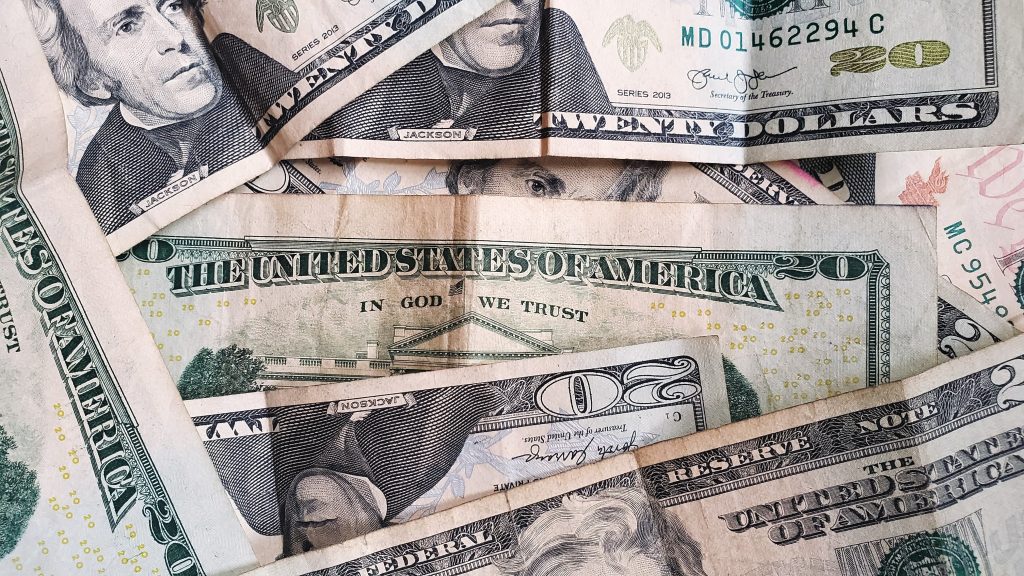Some US Banks Are More Unstable Than Ever, Here’s How To Protect Your Money
One of the best ways to protect your money is to keep less that $250,000 in a single account to ensure it is fully protected by the FDIC.
This article is more than 2 years old

On March 10, 2023, the Silicon Valley Bank, SVB, failed after an announcement they made triggered panic among customers, marking the second largest bank failure in the history of the United States and the largest since the 2008 financial crisis. US regulators are investigating the collapse of the prominent bank this month. What can you do to protect your money?
According to the U.S. Securities and Exchange Commission, senior management at Silicon Valley Bank sold millions of dollars’ worth of shares mere weeks before their crash. The bank bet that interest rates would remain low indefinitely, intaking deposits from the booming tech industry that had been partly stimulated by historically low rates. CoinDesk reports that despite warnings of potential insolvency, depositors, such as Roku, left large sums uninsured at SVB.
After placing the majority of their money into investments that did not go as SVB predicted due to the Fed’s rising interest rate, SVB announced it would sell $2.25 billion worth of shares in efforts to revamp its finances, according to CoinDesk. At this point, their investments could not be turned into cash fast enough, so this triggered panic for SVB customers. Customers, out of fear, began withdrawing their money out at a really quick rate resulting in SVB not being able to pay customers out in cash.
Generally, crypto has been viewed as a safe investment; however, amid current uncertainty, according to Coindesk, many are moving money into bitcoin as an act of protest, which can be a way to protect your money. CoinDesk described crypto as volatile which makes these assets less than ideal currencies if you want to preserve your wealth. However, they do offer “root ownership,” which means no one can make a run for your deposits.
To protect your money using a bank, keep less than $250k in your account because FDIC insurance fully covers you. If you are married and have more than $250k in the bank, having separate accounts will offer coverage from the FDIC for each account, so $500k. This still works if you are at one bank, have an individual account and a joint account.
Bank collapses can be triggered by various factors and, in Silicon Valley Bank’s case, liquidity crises. Liquidity crises, such as a sudden withdrawal of deposits, termed “bank run,” or a freeze of interbank lending, can leave banks unable to meet their obligations. Silicon Valley Bank experienced this bank run, which Adam Hayes from Investopedia defines as copious customers of a bank withdrawing deposits, at the same time citing fears of the bank’s insolvency where the bank’s reserves are not sufficient enough to cover the withdrawals resulting in said bank defaulting.
To mitigate the potential consequences of this on the economy, currently, the U.S. Government is stepping in. In a joint statement released earlier this week by the Federal Reserve, the Department of Treasury, and the FDIC, states that the depositors will have access to all of their money “starting Monday, March 13”. Moreover, none of the consequences from the collapse of SVB “will be borne by the taxpayer”, signaling that the government intends to disallow the effects of such a massive bank defaulting on their obligations to affect everyday people.
Understanding the causes and consequences of bank collapses is essential for policymakers and the public because it can help prevent future crises. Silicon Valley Bank’s recent insolvency resulted in a massive wave of effects for depositors, although the U.S. Government is working on mitigating the impact. Ultimately, you should do what you need to protect your money.





